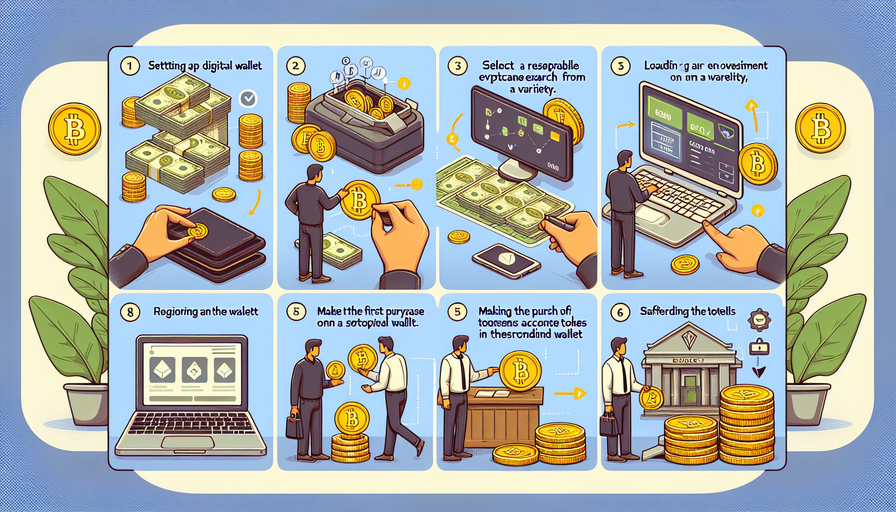Introduction:
In recent years, artificial intelligence has made remarkable strides in the field of image generation, paving the way for new possibilities in creative expression and visual storytelling. One such groundbreaking model is DALL-E, developed by OpenAI, which has garnered widespread attention for its ability to generate high-quality images from textual descriptions. In this comprehensive guide, we’ll delve into the world of DALL-E and explore how you can harness its power to create stunning and imaginative visuals.
Understanding DALL-E:
DALL-E, named after the surrealist artist Salvador Dalí and the Pixar character WALL-E, is a state-of-the-art image generation model developed by OpenAI. Unlike traditional image generation models, which rely on predefined categories or datasets, DALL-E is capable of creating images from textual descriptions, allowing users to generate a wide range of unique and creative visuals.
Key Features of DALL-E:
1. Text-to-Image Generation: DALL-E can generate images based on textual descriptions provided by the user. Whether it’s a specific object, scene, or concept, DALL-E can translate textual input into visually compelling images.
2. Fine-Grained Control: Users can exercise precise control over the generated images by adjusting parameters such as object size, position, and orientation. This level of granularity enables users to tailor the generated images to their specific needs and preferences.
3. Creative Exploration: DALL-E encourages creative exploration by generating unexpected and imaginative visuals in response to diverse textual prompts. Users can experiment with different combinations of words and concepts to uncover new and surprising visual possibilities.
How to Use DALL-E:
1. Input Textual Description: Begin by providing a textual description of the image you wish to generate. Be as descriptive and detailed as possible, specifying objects, attributes, and relationships.
2. Adjust Parameters (Optional): If desired, adjust the parameters to fine-tune the generated image. Experiment with different settings to achieve the desired visual outcome.
3. Generate Image: Once you’re satisfied with the input and parameters, initiate the image generation process. DALL-E will analyze the textual description and produce a corresponding image in real-time.
4. Refine and Iterate: Review the generated image and make any necessary refinements or iterations based on your creative vision. Repeat the process as needed until you achieve the desired result.
Applications of DALL-E:
1. Creative Art and Design: DALL-E can be used to create visually stunning artworks, illustrations, and designs, providing artists and designers with a powerful tool for creative expression.
2. Content Creation: Content creators can leverage DALL-E to generate engaging visuals for articles, presentations, and marketing materials, enhancing the visual appeal and impact of their content.
3. Concept Exploration: DALL-E enables researchers, educators, and innovators to explore abstract concepts and ideas visually, facilitating deeper understanding and insight into complex topics.
Conclusion:
DALL-E represents a significant advancement in the field of artificial intelligence, offering a versatile and powerful tool for image generation and creative exploration. By mastering the capabilities of DALL-E and harnessing its potential, users can unlock new dimensions of creativity and imagination, shaping the future of visual storytelling and artistic expression. Embrace the possibilities of DALL-E and embark on a journey of endless creativity and innovation.


